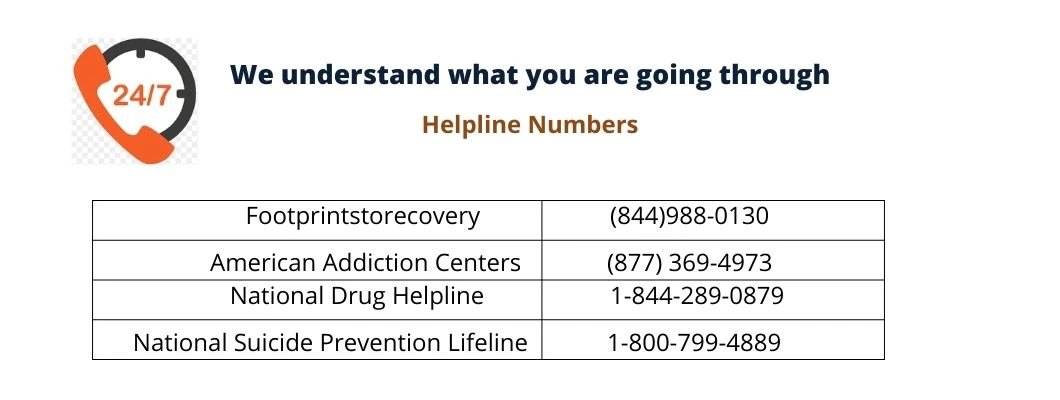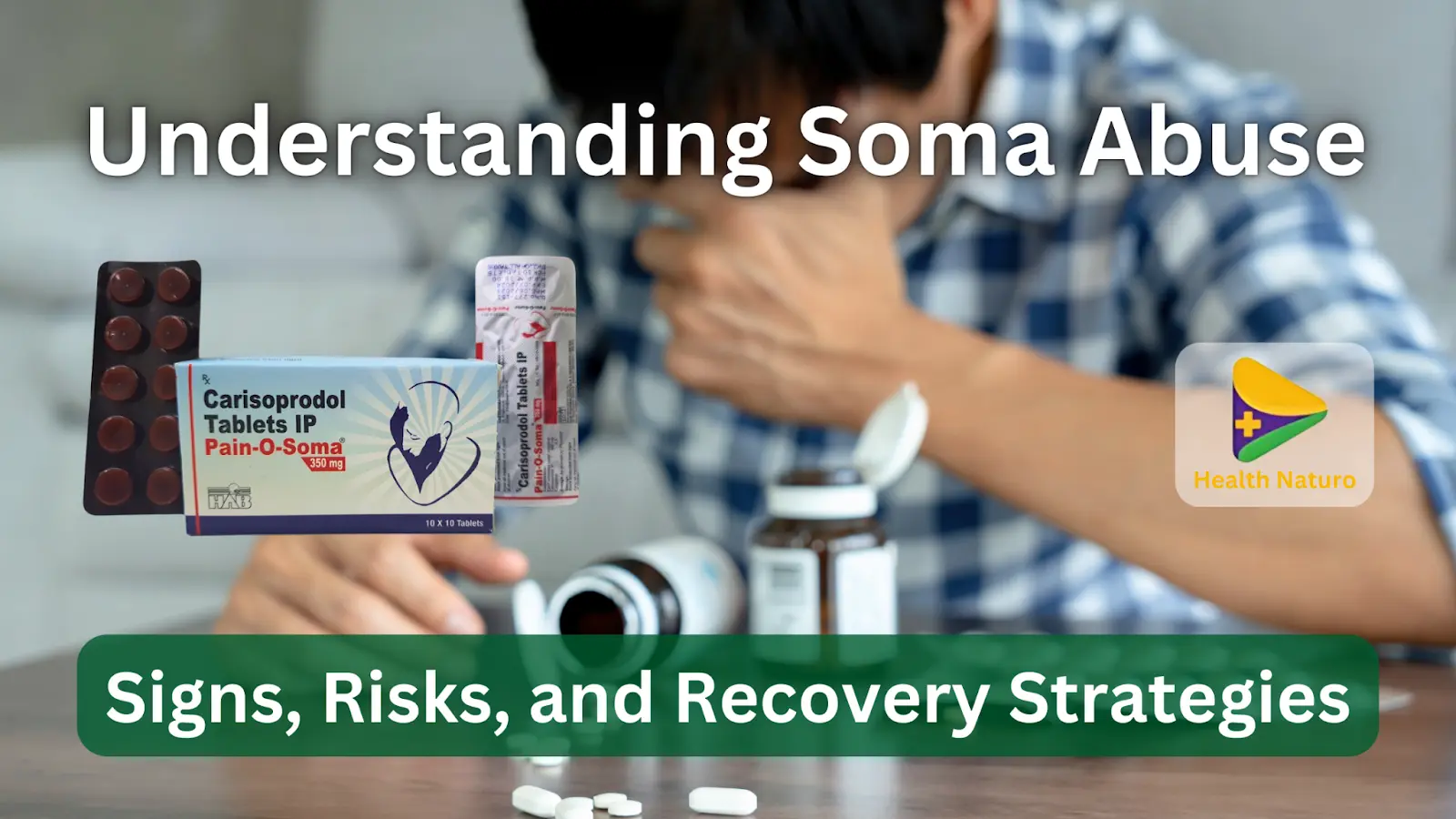Soma, a prescription muscle relaxant, has a risk for abuse and addiction, leading to its classification by the DEA as a Schedule IV controlled substance. Its sedative and euphoric properties contribute to its misuse, affecting both physical and mental well-being.
Those struggling with Soma abuse are urged to seek assistance from healthcare experts, addiction specialists, and support groups. Recovery is achievable through commitment and resilience.
Soma, a brand of generic Carisoprodol, is a prescription medication primarily used for acute musculoskeletal conditions. However, despite its therapeutic benefits, Soma carries a risk of misuse and addiction when used over an extended period, in higher doses, or in combination with other medications or substances.
According to data from the Drug Enforcement Administration (DEA), approximately 6,500 cases of Carisoprodol abuse were reported in the United States in 2012. This data highlights a growing concern, with more individuals experiencing its adverse effects.
Understanding the potential for Soma abuse is essential for anyone seeking to protect their well-being or support a loved one in overcoming addiction. In this comprehensive guide, we focus on Soma's abuse potential, exploring its signs, risks, and recovery strategies.
Soma Drug Schedule: Is It A Controlled Substance?
Yes, the Drug Enforcement Administration (DEA) classifies Soma as a Schedule IV controlled substance in eighteen U.S. states-
-
Alabama
-
Arkansas
-
Arizona
-
Florida
-
Indiana
-
Kentucky
-
Georgia
-
Hawaii
-
Oregon
-
Nevada
-
Louisiana
-
New Mexico
-
Oklahoma
-
Utah
-
Texas
-
West Virginia
-
Washington
-
Wyoming
Soma produces a sedative and euphoric effect, contributing to its recreational uses and addiction.

Soma Abuse- In Layman's Terms-
Soma (Carisoprodol) addiction and abuse include:
-
Taking the medication without a prescription.
-
Taking for a more extended period (over 3 weeks) than your doctor prescribes.
-
Mixing other medicines and substances with the Soma pill.
-
Using the muscle relaxer recreationally to achieve a "Soma High.”
Scientific Cause
Soma abuse and addiction is clinically due to the drug's ability to produce euphoria, which can be intimidating for individuals seeking such experiences.
Additionally, Soma modulates the gamma-aminobutyric acid (GABA) neurotransmitters, leading to its sedative effects.
Long-term use leads to tolerance, requiring higher doses for the same effects, increasing the risk of dependency and addiction. Psychological, environmental, and genetic factors also play roles in Soma abuse and addiction development.
Factors Contributing To Soma Addiction
Understanding the contributing factors is essential for addressing addiction effectively and promoting recovery. The key factors that contribute to addiction to the muscle relaxant are-
Psychological Factors:
-
Individuals with underlying mental health conditions such as anxiety, trauma, or depression are more susceptible to developing addiction [5].
-
Some individuals may use Soma as a coping mechanism to deal with chronic stress, emotional pain, or difficult life situations, leading to dependence on the drug for emotional regulation [6,7].
-
Soma induces dopamine secretion, activating the brain's reward center, leading to cravings and reinforcing addictive behavior over time.
Social and Environmental Influences:
-
Social influences, including peer pressure and social norms related to drug use, can contribute to addiction.
-
A family history of substance abuse or addiction can increase the risk of developing Soma abuse and addiction due to genetic and environmental factors.
-
Easy access to the muscle relaxer can facilitate misuse and addiction.
Who Abuses Soma?
Soma addiction and abuse are prevalent in individuals of all genders and ages. According to data from the National Survey on Drug Use and Health, 2,276,000 people in the USA from age 12 and older use the Soma pill nonmedically at least once in their lifetime.
Signs Of Soma Abuse And Addiction
Various physical and behavioral signs can indicate potential misuse and addiction. Recognizing these signs is crucial for early intervention and seeking appropriate help.
Physical Signs-
-
Drowsiness or sedation
-
Dizziness or lightheadedness
-
Muscle weakness
-
Difficulty coordinating movements
-
Slurred speech
-
Impaired cognitive function
Behavioral Or Psychological Signs-
-
Increased use of Soma beyond prescribed doses
-
Constant feeling about obtaining and using Soma
-
Continued use despite negative consequences
-
Doctor shopping or seeking multiple prescriptions
-
Neglecting responsibilities and loss of interest
-
Changes in mood, such as irritability or depression
How Can I Tell If I Have Soma Addiction?
If you have to ask that question, there is a fair chance that you are already addicted.
To help you analyze your situation better, here are several questions that you should ask yourself.
-
Do you hide your Soma medication usage– taking it when you’re alone, for example?
-
Do you lie about how much and often you take your muscle relaxer?
-
Have you unsuccessfully tried to stop using it?
-
Do you have multiple prescriptions for Carisoprodol?
-
Have you lied to your doctor to get a more potent dose of the Soma pill?
-
Are you having problems at home, work, or school because of your usage?
-
Does the thought of running out of Soma pills make you feel uncomfortable?
-
Do you spend a lot of time thinking about your next Soma dosage?
-
Has anyone ever confronted you about your medication use?
-
Do you feel uncomfortable when not taking Soma?
-
Have you ever overdosed on the Soma pill?

Risks of Soma Abuse and Addiction
The short-term impacts of abusing Soma pills include the following symptoms-
-
Euphoria
-
Sedation
-
Impaired coordination
-
Irritability
-
Issues with memory and judgment
-
Impact on mental health, including depression or anxiety
Long-term effects-
-
Development of tolerance or requiring higher doses for the same effects
-
Withdrawal symptoms such as nausea, hallucinations, or insomnia
-
Suicidal thoughts
-
Legal and social consequences, such as job loss, financial problems, or strained relationships
-
Respiratory depression
-
Organ damage
-
Seizures
-
In severe cases death
Prevention And Treatment
Soma pill dependency can be prevented or minimized in the following ways-
-
Taking the dosage recommended by your doctor.
-
Avoid the intake of other medication or alcoholic beverages with Soma tablets.
Treatments For Soma Addiction
- Medical detox
Medical detoxification, or detox, is often the first step in treating Soma addiction. It is crucial for treating addiction that involves supervised withdrawal and symptom management. For managing withdrawal symptoms, gradual tapering or medication assistance is advised.
- Therapies And Counseling
Therapies like Cognitive-behavioral therapy (CBT) and counseling sessions can help identify how your addiction began and how you can move forward from your current situation.
- Support group works
Support groups such as Narcotics Anonymous (NA) and SMART Recovery offer peer support, encouragement, and shared experiences for individuals in recovery.
- Aftercare programs
Aftercare programs provide ongoing support and resources post-treatment, including relapse prevention strategies, life skills training, and access to community resources.
Helpline Numbers are provided in the image below-

Conclusion
The Soma pill is a Schedule IV controlled substance that can cause abuse or dependency.
The two main factors contributing to Soma pill abuse are-
-
To enhance the sedative effect of the muscle relaxer.
-
To achieve a euphoric effect.
Recovery from abuse and addiction is possible through counseling sessions, Support groups, Adjunct therapy, and Smart recovery models.
Soma (Carisoprodol) rehab programs are also located throughout the United States and other countries that may offer specialized treatment that caters to individual needs.
For any queries or suggestions about this blog, contact us at [email protected].

